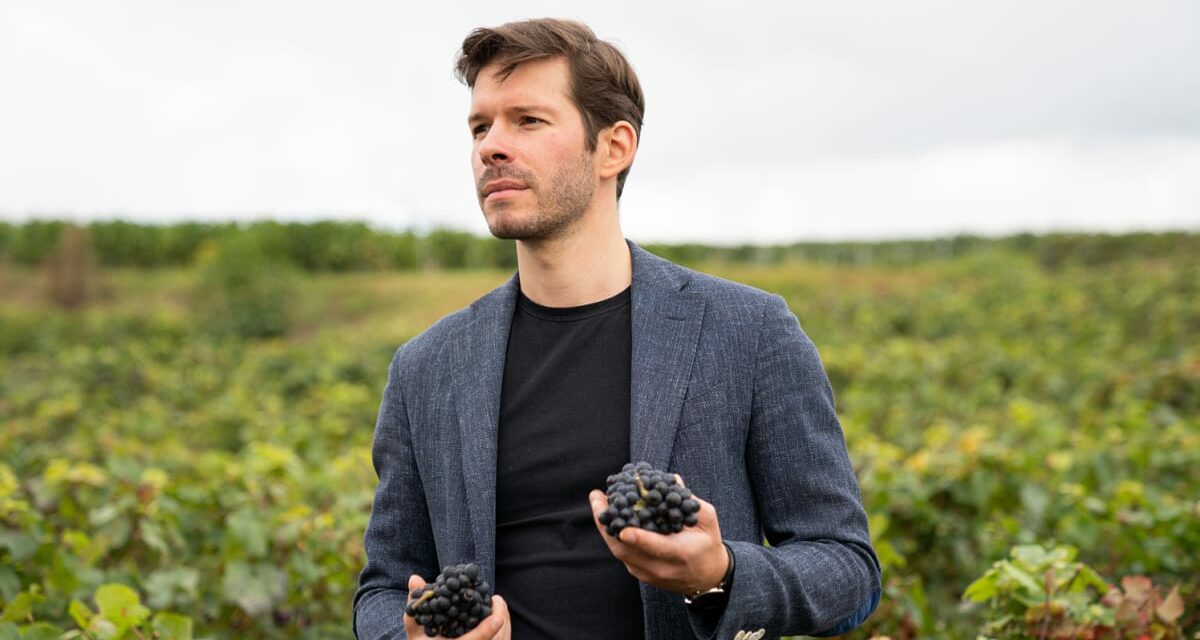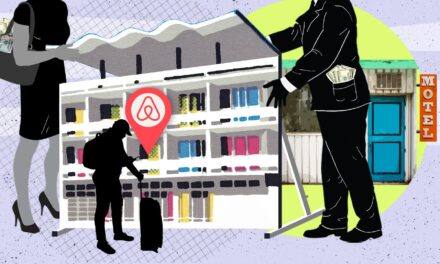Advertisement
Armed with an openness to new ideas, Thomas Lombard, president of Champagne Lombard, wants to create a diverse product range that captures the varied terroir of the region.
Sorry, the audio is unavailable right now.
Please try again later.
This audio is AI-generated.
12 Feb 2024 05:58AM
(Updated: 12 Feb 2024 06:10AM)
In 2020, when Thomas Lombard took over his family’s eponymous champagne house at the age of 27 as its fourth-generation owner, it created some buzz. Stepping into such big shoes in your 20s was almost unheard of in Champagne. The scions of champagne maisons tend to be given such a mantle in their late 30s or early 40s, after careful deliberation by the family patriarch. For example, in that same year, the renowned Champagne Taittinger also made the headlines with a family succession: Vitalie Taittinger took over the reins from her father; she was 40.
One might say it’s old-fashioned to be talking about the relationship between age and executive hiring in an era where corporate boardrooms across the world are appointing ever-younger presidents. But it helps to remember that, by and large, the champagne industry remains rather conservative; a world with deeply entrenched views and traditions shaped by mostly grey-haired men.
Lombard, now 31, was aware of the cynicism that came with his appointment. “There were some partners who were a little pessimistic since I was only 27, which is not a normal age to take over [the family business],” he said. By then, he was actually feeling “relaxed and confident” as he had been with the company for three years, having joined the business after completing his Master’s degree in Economics and Management from the University of Reims, and an advanced Master’s in Wine Knowledge and International Wine Trade from L’Institut Agro Dijon in Burgundy.
As the only child, Lombard said he wasn’t persuaded by his father, Thierry, to take over the business as he had always had an interest in wine. But he only began to see the finer details of his maison’s work after he joined them; his father was a “shy man” who did not share much about his job to Lombard during his teenage years. “Now we can talk to each other about wine on an equal level. But if I wasn’t certain of something or needed answers, especially in the cellar, I could count on my father and Laurent Vaillant, our cellar master, for help,” he said.
“My working style is rather different [from my father’s],” he added. “My father thinks that as a leader you have to solve problems on your own and present only solutions to your team. For me, I am not afraid to share my ineptitudes and ask when I’m not sure. I like to involve my team in a lot of my strategic decisions. You need to listen to different points of view. I think that is a big change in terms of the company culture.”
THINKING OF TERROIR, NOT JUST FOR CHAMPAGNE
Founded in 1925, the Epernay-based Champagne Lombard is a mid-size maison, with a modest production volume of 600, 000 bottles a year. While it doesn’t have the high-profile status of the big maisons run by luxury conglomerates, Champagne Lombard has garnered a reputation for making bubblies with finesse. In Singapore, the wines are imported by wine importer and retailer Bottles & Bottles.
Champagne Lombard owns 6 hectares of organic vineyards in Montagne de Reims, while another 55 hectares belong to champagne growers — the small producers or independent farmers who sell their grapes to maisons — they have partnered with. The Champagne region is still shy when it comes to adopting organic viticulture. Currently, about 25 per cent of the grapes the maison sources from its growers are organic. Lombard is hopeful the figure would grow but emphasises that he doesn’t force any of his growers to take the organic route.
Lombard also recognises that his strengths lie in the marketing and communication areas of the business. “It’s important for champagne producers today to present their wines in a creative way,” he said. In 2021, he worked with his team to create new rear labels for all its bottles — the label peels open like a small leaflet to reveal a map of the grapes’ provenance in Champagne. He believes they are the only maison with such a label design for their bottles.
Another concept he introduced to the maison was single vineyard cuvees or lieu-dits (a French term for small vineyard bottlings). The majority of champagnes are a blend or assemblage of grapes from different vineyards and — for non-vintage bubblies — years. Lombard wanted a departure from the traditional blending approach, noting that “you lose a bit of the terroir when you blend grapes of different plots together”. “Because of my time in Dijon, I’m influenced by Burgundy’s culture of terroir,” he said.
Currently, he has 22 single vineyard cuvees nestling in the maison’s cellar; four of them have been released to the market, including the Les Corettes, a 100 per cent Pinot Noir from a Grand Cru vineyard in Verzenay. Two more single vineyard bottlings are slated for release this year.
Single vineyard cuvees are nothing new to the champagne industry. Many of these wines, however, remain a niche of champagne growers and thus are often called grower champagnes. But mid-size and large maisons have been increasingly jumping on the bandwagon since the mid-2000s, for example, Krug and its release of the Clos d’Ambonnay cuvee in 2007. A pursuit for terroir aside, Lombard’s introduction of single vineyard bubblies is also a strategic move in line with the growing trend for such wines.
He is also exploring a “terroir-influenced approach with spirits”: The maison is creating a gin that would reflect the terroir of Les Ribauds, one of its lieu-dit parcels in Villedommange, a Premier Cru commune. Along with his tasting committee, Lombard conducted a vertical tasting of the Les Ribauds vintages from 2014, identified their key aromatics, and looked for the botanicals that matched those aromas. “We picked rose, ginger, lemon, mint, liquorice, and — because it’s commonly used in gin — juniper for the botanicals,” he said. “After the harvest [of Les Ribauds], we will use its pomace or remains of pressed grapes to obtain the distillate, which will be blended with the botanicals so we would get a gin that reflects the characteristics of Le Ribauds.” The young CEO seems to be injecting the maison with a sense of adventure without being iconoclastic, which is a fine line to walk in conservative Champagne.
Lombard expects the new gin to be ready by early 2024. “We chose gin because another spirit like whisky does not have any connection to the region as it isn’t made from grape pomace,” he added. “It’s important that we always keep a link with Champagne in whatever we do.”
Related:
Related:
Source: CNA/bt
Profiles
food & drinks
Fine dining
gastronomy
RECOMMENDED





